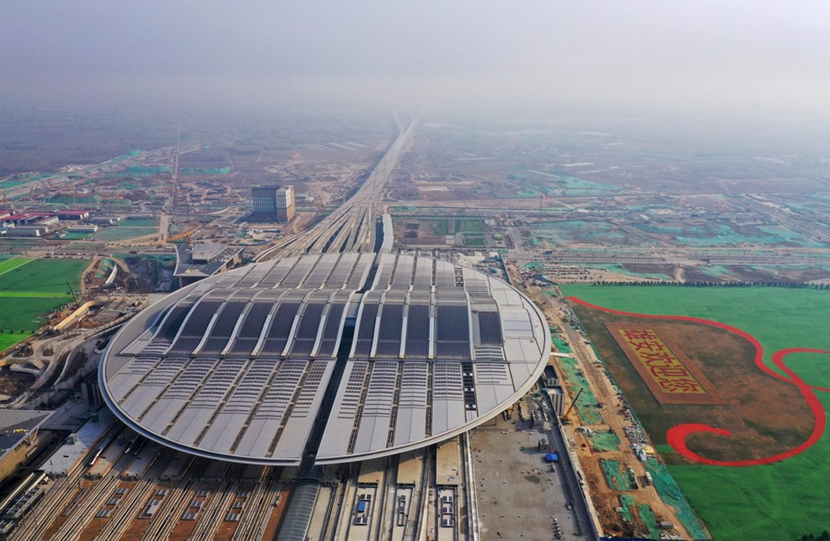On April 30, 2015, the Guidelines for Coordinated Development of the Beijing-Tianjin-Hebei Region was approved by the Political Bureau of the Central Committee of the Communist Party of China, with the ultimate goal of creating a world-class regional city cluster.
Areas within the region already have their own specific strengths. Beijing is a political, educational, cultural, and R&D center; Tianjin is northern China's logistics center, with one of the busiest ports in the world; and Hebei province is known for its heavy industries, such as steel production.

The coordinated development plan looks for different areas in the region to focus on their own comparative advantages, so as to rationalize space utilization and expand regional development opportunities.
A prominent task of this major national strategy is to move non-capital functions out of Beijing to alleviate "urban diseases" in the Chinese capital, such as traffic congestion and pollution.
In April 2017, China announced the establishment of the Xiongan New Area, which, about 100 km southwest of Beijing, spans three counties in Hebei. By the middle of the century, the area will become a significant part of the city cluster, and effectively perform Beijing's non-capital functions.
